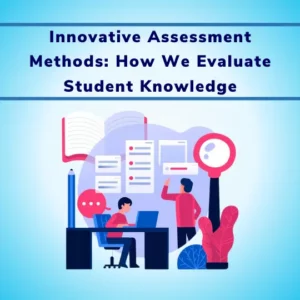Adapting to the latest technologies in the current, rapidly changing world has become essential. This trend is not only a guaranteed way to become a leader in the respective domain but also a necessity to survive in a highly competitive market. The same stands true for higher education institutions offering cutting-edge academic programs.
Article Contents
Why Ed-tech is the centre of focus in 2024?
While the world was locked indoors in 2020, the education technology (ed-tech) sector witnessed tremendous growth and potential.
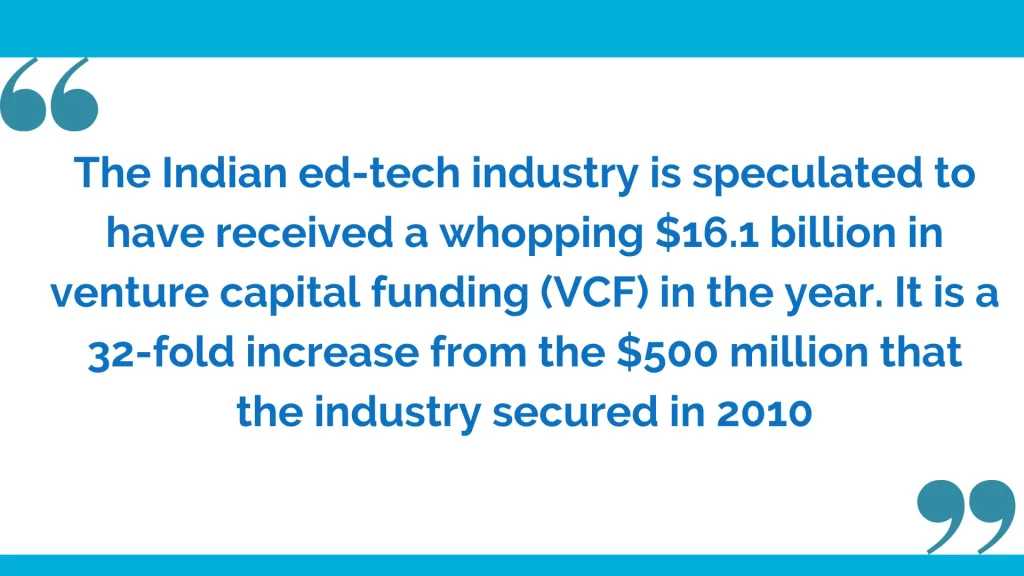
Such a high amount of investment and growth clearly shows the extent of spending on ed-tech in the country. It is also an indication for traditional higher education institutions to integrate better technology to remain relevant in today’s tech-driven world. With massive competition from big players, the ed-tech sector investment has to grow considerably to achieve the desired outcome of providing excellent education to students.
Growth in technology-driven educational enterprises
Many technology-driven educational enterprises have seen immense growth in the past few years. Their journey from a start-up to unicorn status has seen ups and downs. The pandemic was one of the many determining factors that influenced their growth trajectory.
Numerous higher educational institutions were taking steps to introduce technology in the educational sector before the COVID-19 pandemic. It was expected to be a slow and steady process. While top colleges and universities were making these changes swiftly, other institutions were struggling to find the right resources.
Webinars and online courses were not immensely popular among learners. Moreover, most of the extracurricular activities in the educational domain were offline. Hybrid education was not as popular pre-pandemic as it is now.
The entire scenario changed once the lockdowns happened. As per a UNESCO report, over 290 million students across 22 countries were impacted due to the closure of educational institutions to curb the spread of the coronavirus
As a result of the sudden closure of schools due to the lockdown, the use of technology across the educational sector became necessary. Within a short period, the demand for Edu-tech tools and software including admission and assessment software rose to the peak. Students across the globe began looking for alternatives that could equip them with knowledge from various domains in the virtual world.
Once the first wave of the pandemic passed, the industry noticed another shift. People slowly resumed commuting to institutions, and the rise of hybrid education (in-person and online) began gaining traction. This level of flexibility has been one of the major factors driving the remote learning sector.
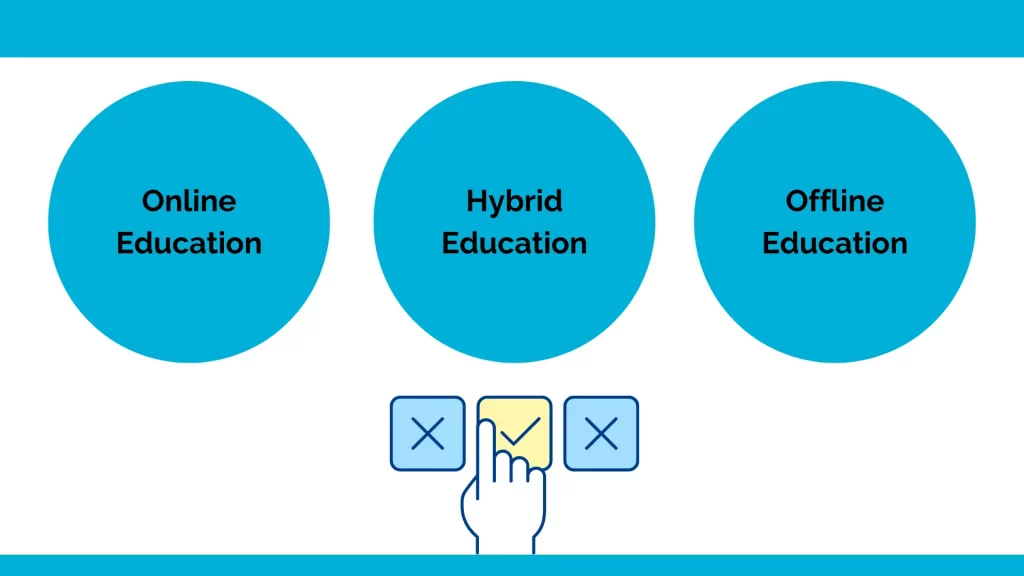
In the post-pandemic world, technology usage in the educational domain started to stabilize. However, this in no way means that the role of tech will lose any ounce of prominence in the years to come. It simply means that only those enterprises that can provide users with the best educational content can survive and dominate the market.
Competing with other businesses
Another reason higher education institutions must utilize the best technologies is due to competitive demand by other big players in the market. To stay relevant, it is necessary to go beyond the designated curriculum and offer a variety of courses, certifications, and resources in a hybrid education mode.
Prestigious organizations, including Google and Microsoft, offer certificates that make candidates stand out when looking for employment opportunities. Moreover, many corporations offer a wide variety of virtual learning options to their employees, including degrees (distance education-based), certifications, courses, workshops, and a lot more.
For instance, one of India’s top brokerage firms, Zerodha, offers different finance courses. It is intended to provide users with great insight into various facets of the equity market. Here is one example of how corporations are adopting technology for employee assessments.
The reason why almost all the leading businesses in their respective sectors are offering different resources is simple. With the optimum use of technology, these enterprises can scale up their operations.
Likewise, it will be greatly beneficial for higher education institutions to reach out to more students in this manner. As students increasingly undertake these courses, they are bound to recommend similar resources to their peers using a word-of-mouth marketing mechanism.
It is known to organically improve the brand image of the institution to a great extent. LMS is such an example of a technology that can truly enable academic institutions to reach their potential learners and professionally deliver academic content.
Technology is evolving at such a great pace that it has become vital to compete with the other players in the industry. This can only be possible if higher education establishments collaborate with ed-tech enterprises equipped with the knowledge of the latest developments in the industry.
As these businesses are focused on gaining valuable consumer insights, they can assist the institutions in setting up state-of-the-art technological systems. For instance, when the pandemic hit, many colleges collaborated with ed-tech companies that offered Artificial Intelligence (AI)-driven proctored examination software that enabled them to resume term tests during lockdowns. However, those willing to adapt to these technologies voluntarily will gain an edge over time.
Perks of the hybrid model
The rise in popularity of hybrid education has also proven to be favourable to both students as well as institution management. Students get to experience the best of both worlds.
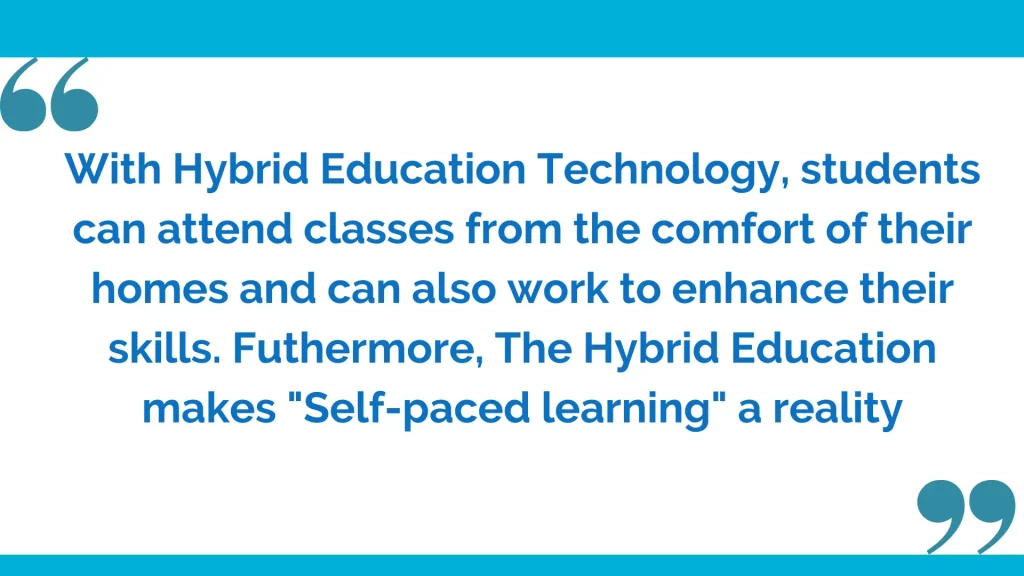
Another major advantage is that they can learn from thought leaders from across the world through online workshops and sessions.
For institutions, they save plenty of operational resources like electricity, and maintenance, when the staff and students work from home.
As universities and colleges are spread over acres of land, even such minor savings can accumulate to a fairly big amount over time. For a successful hybrid model to work, each institution must proactively use the best technologies for all systems and processes to work efficiently.
World of AI, XR, and data analytics
Investing in the right technology can be a game-changer for many academic institutions. Numerous advanced tools and technologies like AR (Augmented Reality), VR (Virtual Reality), AI (Artificial Intelligence), and data analytics can change the course of students’ careers.
As per statistics, approximately 87% of students are more likely to attend AR-based classes with 70% stating that it has improved learning experiences. They claim that the usage of such technologies has escalated the speed of absorbing information from different domains.
VR also plays a vital role in providing students with a better real-world experience of the subject matter without being physically present in a place. Research from a survey disclosed that 54% of teachers and 41% of parents would prefer an increased usage of virtual reality (VR) and augmented reality (AR) solutions in the classroom. Furthermore, educators can use data analytics to gain more insights into the learning capabilities of the students.
Conclusion
Even after two years of the pandemic, there is a fair amount of panic in economies around the world. Due to the current hostile political environment and new waves of COVID-19 in major parts of the world, inflation levels have reached record heights. This has caused a lot of uncertainty among businesses in every imaginable sector across the globe.
To thrive in this challenging period, enterprises including educational institutions must follow a smart approach by leveraging competitive, modern-day technology in collaboration with tech companies. Education sector technology spending must be prioritized to identify and mobilize innovations in the ed-tech sector.
Eklavvya allows users to explore a free trial of its online skill assessments and exam software. This enables prospective individuals to delve deeper into the leading ed-tech products without any extra costs.


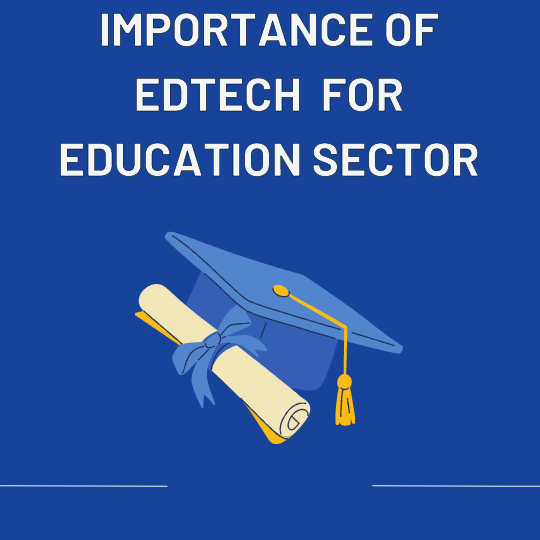
![How Government-Led Exams at 250+ Locations Are Setting New Standards of Integrity [Case Study]](https://www.eklavvya.com/blog/wp-content/uploads/2024/04/Enhancing-Exam-Integrity-Government-Certification-in-250-Locations-150x150.webp)
![Transforming Central Govt. Exams Evaluation: How Onscreen Marking is Leading the Charge [Case Study]](https://www.eklavvya.com/blog/wp-content/uploads/2024/04/How-Onscreen-Marking-Revolutionized-Central-Govt-Exams-Case-Study-1-150x150.webp)











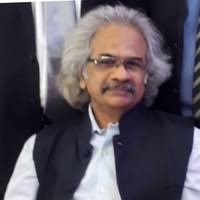

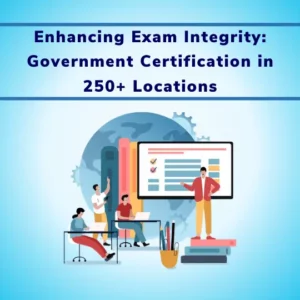
![How Onscreen Marking Revolutionized Central Govt Exams [Case Study]](https://www.eklavvya.com/blog/wp-content/uploads/2024/04/How-Onscreen-Marking-Revolutionized-Central-Govt-Exams-Case-Study-1-300x300.webp)
